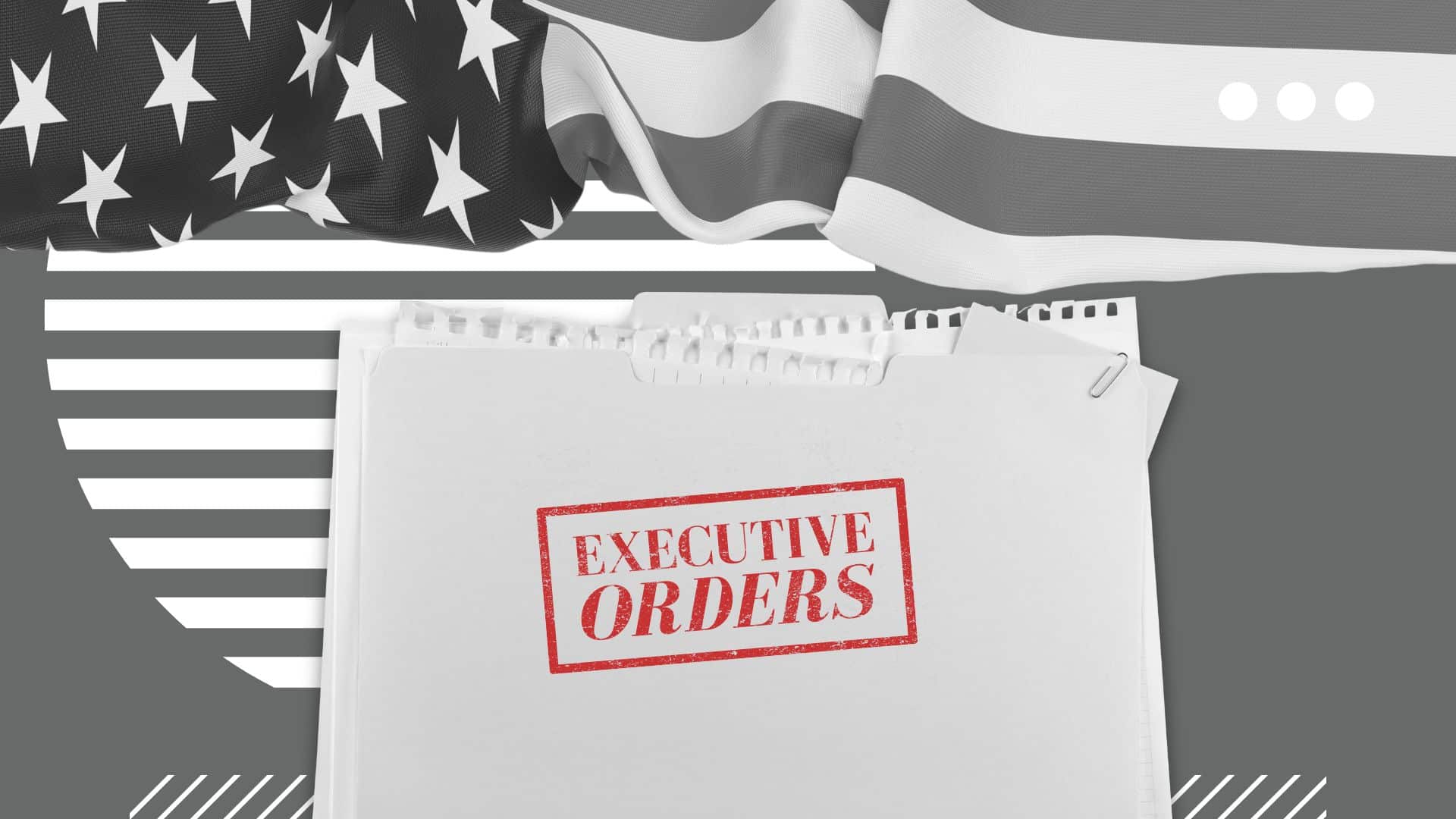President Trump wasted no time signing a series of executive orders (EOs) during his first week back in office. For context, an executive order is a presidential directive that holds the force of law and is typically based on existing statutory authority.
Unlike legislation, EOs do not require Congressional approval but are still subject to checks and balances. For example, Congress can override an EO by passing conflicting legislation or withholding funding necessary for its implementation. Similarly, courts can invalidate EOs if they exceed presidential authority or are deemed unconstitutional.
Among the most contentious actions so far are Trump’s executive orders targeting transgender individuals and diversity, equity, and inclusion (DEI) initiatives.
What precisely is changing – and what does it mean for your business?
Targeting Gender Identity
On January 20, 2024, Trump signed an EO titled “Defending Women from Gender Ideology Extremism and Restoring Biological Truth to the Federal Government.” This order established that “it is the policy of the United States to recognize two sexes, male and female,” as immutable traits rather than as linked to gender identity.
Under the order, all federal agencies must use the term “sex” rather than “gender” in policies and documents. It further directs agencies to ensure that intimate spaces, such as restrooms, are designated by biological sex rather than gender identity. The EO tasks the Attorney General, Secretary of Labor, and the Equal Employment Opportunity Commission (EEOC) with prioritizing investigations and litigation to enforce the rights outlined in the order.
To ensure compliance, subject businesses will likely need to reevaluate:
- employment practices
- restroom designations
- benefits forms
- data collection policies
Ending DEI Initiatives
Another executive order, “Ending Illegal Discrimination and Restoring Merit-Based Opportunity,” signed on January 21, 2025, targets DEI initiatives in government and federal contracting.
According to the EO, the president condemns DEI practices as “dangerous, demeaning, and immoral race- and sex-based preferences” that, in his view, violate civil rights laws. It explicitly bars the Office of Federal Contract Compliance Programs (OFCCP) from encouraging contractors to balance their workforce based on race, gender identity, sexual orientation, or religion.
This EO has significant implications for government contractors, as it revokes Executive Order 11246, effectively ending affirmative action in federal contracting. However, the ban on DEI initiatives is limited to federal agencies and contractors.
The president has also instructed federal agencies to promote “individual initiative, excellence, and hard work” within the private sector by taking action to discourage DEI practices during compliance investigations.
Notably, the EO does not eliminate affirmative action for veterans or individuals with disabilities. Contractors are permitted to adhere to prior DEI-related rules for 90 days, during which the OFCCP may issue further guidance.
Another Ticking Clock for TikTok
On a more engaging note, Trump has given TikTok a bit of a reprieve, temporarily staying the ban on the social network for 75 days. The whole situation is not without some irony, considering it was Trump himself who initiated the ban by signing the Executive Order on “Addressing the Threat Posed by TikTok” on August 6, 2020.
This one isn’t likely to impact businesses in the same way, though it is worth paying attention to for any company utilizing the platform, as well as for anyone attempting to assess which way the social winds are blowing and what kind of communication will be deemed acceptable by the new administration.
What’s Next?
Challenges to these executive orders may emerge from Congress or the judiciary. However, considering the Supreme Court’s recent rulings curtailing DEI initiatives in college admissions, it seems unlikely that legal opposition to these orders will succeed. Congressional action remains uncertain, though Republicans currently hold the majority.
Contractors and subcontractors are encouraged to maintain compliance with existing Affirmative Action Program (AAP) regulations while staying alert for new guidance. Similarly, all private employers should review and update their policies and documentation to ensure compliance.
Feeling a little bit like your head is spinning? You’re probably going to need to get used to that feeling for the next several weeks and months. If you ever have questions about the ever-changing employment compliance landscape, you know where to find us!
